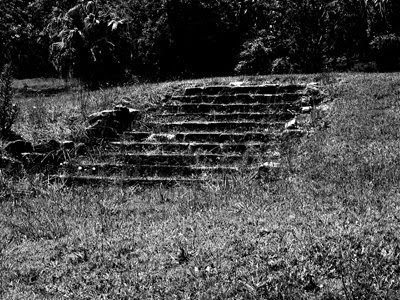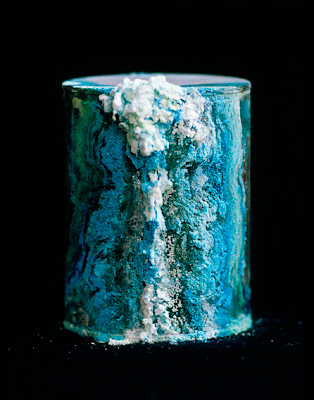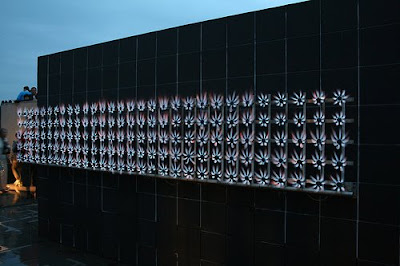In a world of muscular posturing the quiet and gentle speak loudest of all, and the invisible presences burn most strongly into the retina. This recent conversation which swirls around the work of Mantegna amplifies that which is threatened and lost within this age. Michael Tweed's paraphrasing of Michel Henry evokes the very real crisis of contemporary subjectivity, that of the "detrimental effects that the dominance of Galilean science has had due to suppressing our subjective lives, our lived experiences and feelings, reducing the profoundest of emotions and actions to nothing more than chemical reactions and the mere interaction of molecules." These words resonate profoundly with those of Giorgio Agamben, in his warning words on the 'destruction of experience', "Nothing can convey the extent of the change that has taken place in the meaning of experience so much as the resulting reversal of the status of the imagination. For Antiquity, the imagination, which is now expunged from knowledge as ‘unreal,’ was the supreme medium of knowledge." The recognition of the suffocation of subjectivity and that imperative to reclaim the self, the emotional repertoire which is submerged beneath the might of objectivity, the cachet of capital, is evoked within the calls for 'fragility' in architecture. While the term might suggest the negative connotation of frailty and impotence, instead there is, as Juhani Pallasmaa puts it, a "power of weakness." Pointing to such fragmentary modes as the nouvelle roman, which sets out to defy or resist closer, objectivity, linearity -- or the films of Michelangelo Antonioni and Andrei Tarkovsky which subvert the monolithic nature of narrative to achieve instead a "field of clustered images" -- Pallasmaa describes how such fragile structures embrace the participation of the viewer. He speaks of the "humbled gaze" and the "listening eye" as the conduits for emotion. The aesthetics of erosion, abandonment and decay in architecture parallel this, in proposing a weakness of structure that might be colonised by emotion.
It is the eye which has driven this notion of strength in architecture, in art, and it is within the haptic that the counter must be found. The visual is complicit in the instantaneous, the immediate ... to get beyond this we must return to our other senses, re-engage them with humility. To listen for silence, succumb to the telluric push of gravity, to become fully engaged in our existence.

Steps, Sydney, J Bowring
 Morphing ...
Morphing ...  Seagulls, November, J Bowring
Seagulls, November, J Bowring

 From Seizure, Roger Hiorns, 2008
From Seizure, Roger Hiorns, 2008
 Yves Klein, Fire Wall
Yves Klein, Fire Wall
 Michael Van Valkenburgh, Ice Walls, Radcliffe, Cambridge MA
Michael Van Valkenburgh, Ice Walls, Radcliffe, Cambridge MA

